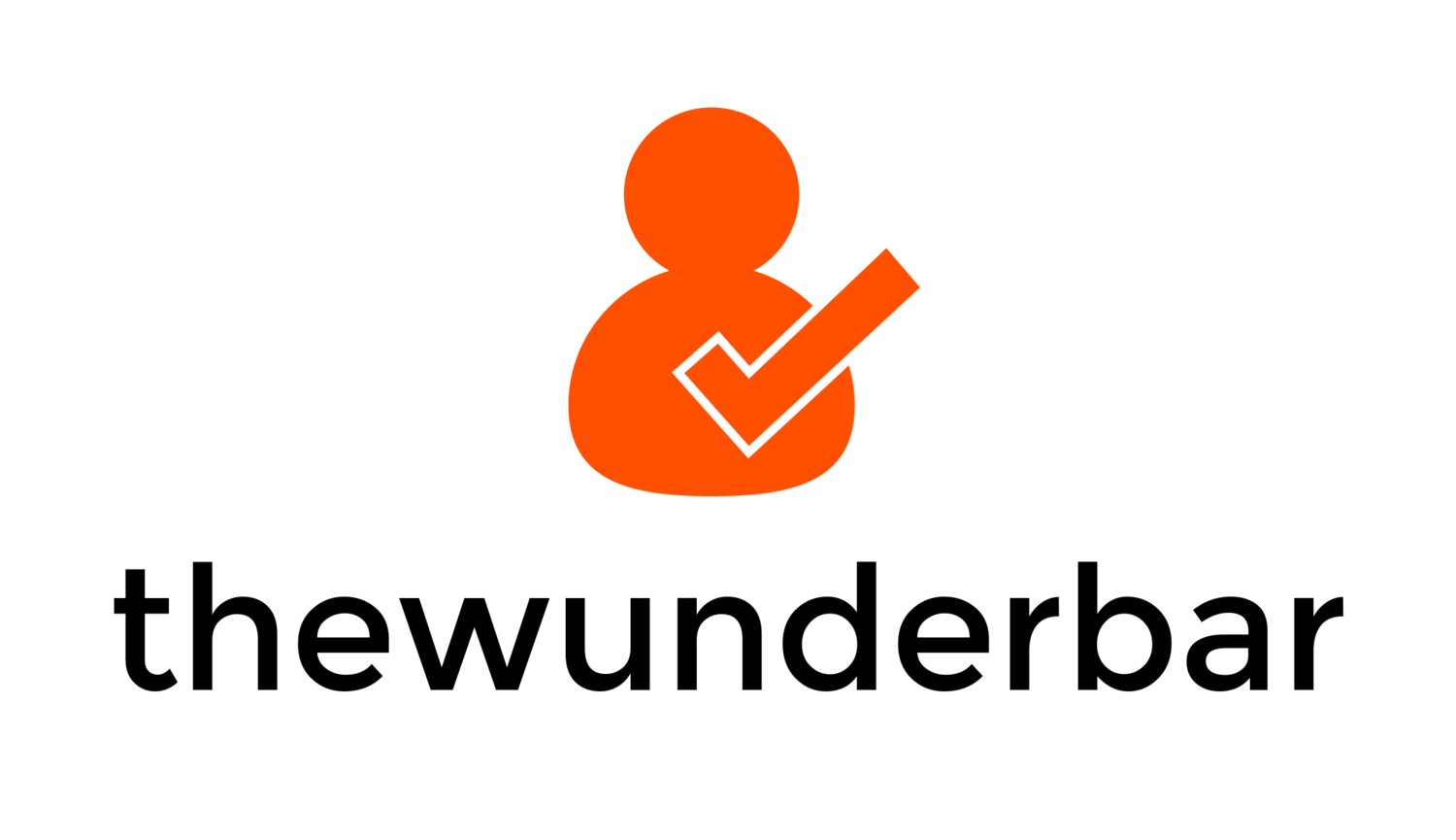Here are a few of the tech stories I found interesting over the last few days.
SpaceX Crew-1 Launch
On Sunday evening, SpaceX launched Crew-1, the first of 6 regular operational crewed missions to the International Space Station. This comes less than 3 months after the successful conclusion of the demo mission, and with NASA officially certifying SpaceX’s Falcon 9 rocket and Dragon 2 spacecraft as fully operational. This marks the first time that the United States has the capability of reliably getting astronauts to and from space since the retirement of the Space Shuttle in 2011. The 4 astronauts will spend 6 months on the space station, and this marks the first time in over 10 years that the regular crew compliment of the space station will be 7 people. Since at least 2011, it has been 6.
https://arstechnica.com/science/2020/11/nasas-big-bet-on-spacex-and-commercial-space-pays-off/
Starlink Beta Invites Start Rolling out to Canadians
A couple weeks after rolling out beta invites to some US customers, SpaceX has started sending out invites for its starlink internet service to some people in Canada. The pricing in Canada is in line with US pricing after currency conversions are taken into account, with service costing $130/month with a fee of roughly $750 for the necessary hardware to access the satellite network. While this is expensive, if starlink can eventually live up to the promises it is making, the pricing will be very competitive with other connectivity options for rural customers.
I don’t think this is worth jumping on right away, but the future is bright for this service.
https://mobilesyrup.com/2020/11/15/spacex-starts-sending-out-starlink-beta-invites-canada/
Tik Tok Says the US has Forgotten About Banning Them
Last week Tik Tok made a filing with the US government asking it about what the government was doing about the ban on Tik Tok that was originally supposed to come into effect on November 12. The company claimed that it had been trying to engage the US government for weeks on continuing on the process that would allow it to continue operating, but that no one in the government would get back to them. On November 12, after Tik Tok filed the motion, the US government extended the ban deadline out by a few weeks. The ban was never going to come into effect, as a court order had blocked it, but Tik Tok has still been trying to resolve the US government’s issues in good faith. A deal announced in September has yet to be approved, and it sounds like the US government has moved on to other things, or not.
It’s almost like the rush to ban Tik Tok and try to force it to sell was more a political stunt and temper tantrum after some users embarrassed the Trump campaign…..
Apple Runs Into Trouble Over Security Signing System
Apple is in some hot water after users ran into an issue launching apps last Wednesday. A MacOS security feature called “gatekeeper” failed last week, leaving users in the lurch. Gatekeeper is a feature that checks an application’s security signature against Apple’s database, an will not allow it to launch if there is a mismatch. This is meant to prevent malware. However, last week the Apple servers which run gatekeeper failed, and Mac computers that attempted to contact the server to match the security signatures were unable to, meaning apps would not be able to launch.
This is…. Bad. Apple did not build the system to gracefully fail, or allow users to run apps if gatekeeper was not working. This showed a huge single point of failure in the Apple ecosystem, and was a big black eye for Apple. It is facing justified criticism from users and journalists asking why owners of mac computers are unable to launch apps if an Apple system fails, leaving computers that can cost several thousand dollars near useless.
Apple has responded saying that they plan to fix these issues, and ensure that this type of failure does not happen again. I hope this involves some way to allow graceful failure, and give people more control over the devices they own.
I can dream….
Qualcomm Can Sell 4G Chips to Huawei
In a surprise, but significant move, the US government is granting Qualcomm the ability to sell products to Huawei once again. There is one caveat in that Qualcomm is not allowed to sell any product with 5G technology to Huawei, which does limit the company’s options. Interestingly, the Snapdragon 865 does not have an integrated modem of any kind, and for every customer to date Qualcomm has required the purchase of the 865 to be paired with a purchase of a 5G modem from Qualcomm. This oddity with that chipset could actually mean Qualcomm could drop that requirement for Huawei to allow them to buy the 865 and pair it with any 4G modem. This is still a big deal, and will allow Huawei to keep its phone business afloat in Asia.
Not allowing Huawei to buy chips with 5G support is nonsensical and isolationist, but that is par for the course for the outgoing administration.
https://www.theverge.com/2020/11/14/21565185/us-qualcomm-license-4g-chips-huawei-ban-china-phones
